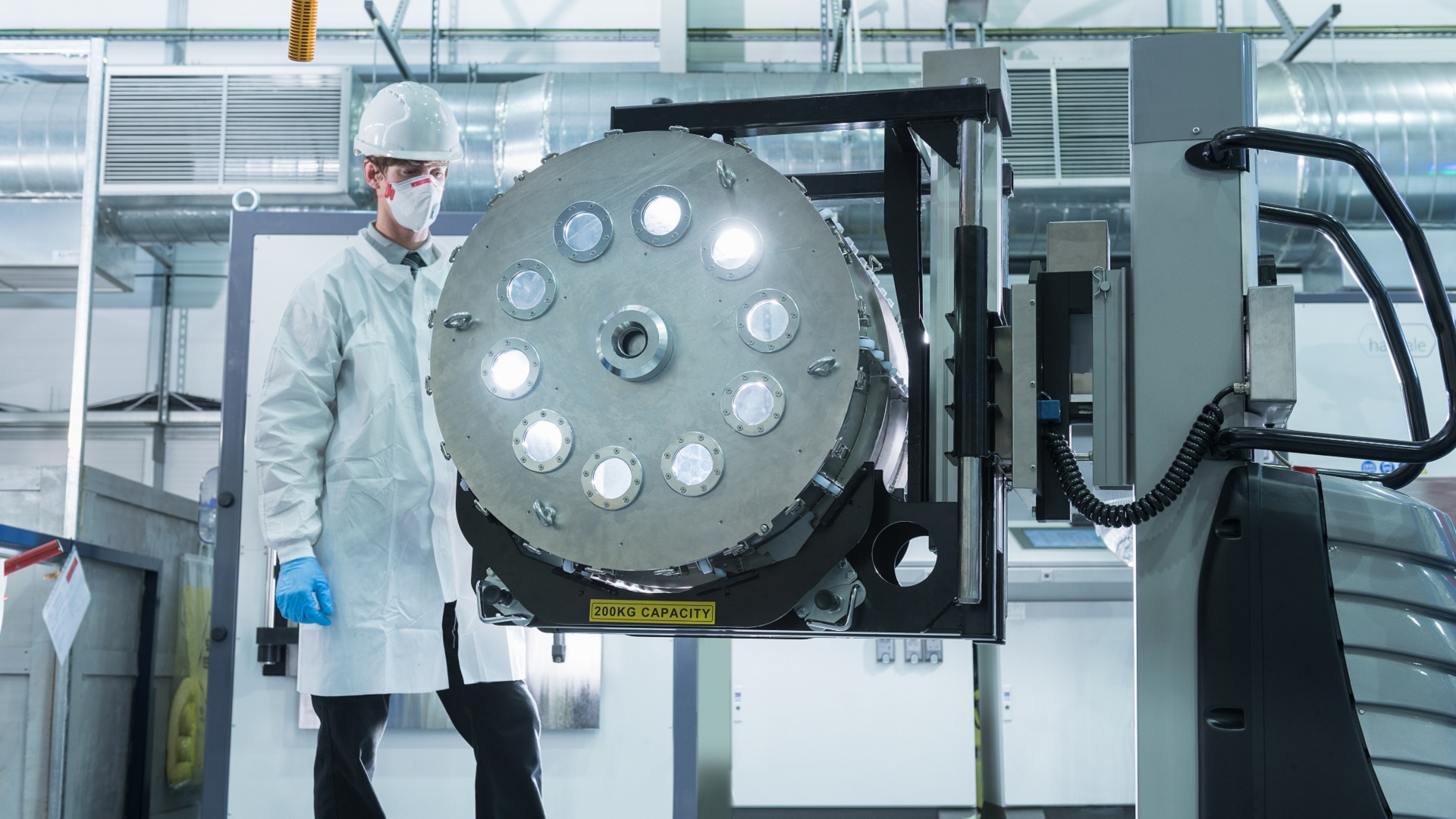Officially, we’re not in a recession. But manufacturers feel differently.
Over the past year, orders have come in at a slower clip. And when manufacturers win work, it can be challenging to get parts in a timely manner — and at price points that manufacturers want to pay. Most firms still haven’t returned to just-in-time inventory.
In the automotive sector, the United Auto Workers (UAW) staged a two-month strike that increased wages and altered some production plans. New contracts were largely seen as a union win, which could have ripple effects across the industry.
All manufacturers saw higher tax bills in 2023 related to research and development (R&D). The way tax law is currently written, companies cannot deduct their full costs for R&D; they have to amortize them over five to 15 years, depending on the research location. The industry expected a retroactive “fix” in 2023, which hasn’t materialized yet. Hope is diminishing as the year comes to a close — and companies need to prepare for significant cash flow impacts.
Interest rates are the highest they’ve been in decades. Companies are holding onto workers, even during lulls, at the risk of not being able to find replacements when work ticks back up. With two ongoing wars and a presidential election cycle ahead, uncertainty is a given.
Despite everything manufacturers are facing, they’re still making things happen. Output and demand are growing globally. M&A is slower, but well-run companies are seeing high multiples. And technology investments are paying off. As Industry 4.0 matures, more tools are becoming available to small and mid-sized manufacturers.
2024 priorities for U.S. manufacturers
To capitalize on the bright spots, manufacturers need to prioritize new key performance indicators (KPIs) and focus on key elements of the business, such as cash flow, people, culture and technology.
1. Cash flow
In 2024, manufacturers need to reshuffle their scorecards and dashboards to focus on new KPIs. Cash flow should be near the top of the list.
Companies need cash to pay employees, buy equipment and keep operations running. They also need a detailed understanding of their cash position, including variables that can change their cash flow trajectory and how cash flow affects other strategies like capital expenditures.
To prepare for possible R&D tax liabilities, companies should manage cash flow for the worst-case scenario (which is Congress sitting on the status quo). Make sure you can pay the increased tax liability in 2024. If the issue is resolved, you’ll have capital to invest and create a competitive advantage with.
2. New KPIs
In 2024, KPIs should also look at the cost of unplanned downtime. Find out where and why unplanned downtime occurs and calculate the total cost of sitting idle. See where profits are leaking, then remedy the issue.
Manufacturers should also look at revenue per full-time employee. This metric can help companies understand their efficiency rate, which impacts growth and profitability.
3. People strategies
There are not enough workers to fill all the open manufacturing roles. Companies need to get creative to attract new talent (and lure them away from other industries). And they need bigger talent pools to pull future leaders from.
Last year, manufacturers adopted nontraditional recruitment strategies to entice workers from adjacent industries such as hospitality. Many are becoming “second chance” employers for individuals with criminal records. They’re also offering referral bonuses and adding daycare benefits.
The UAW and other strikes are a hefty reminder to review benefits and hiring practices regularly to make sure they’re in line with market standards — or exceeding them in some regards. Benchmarking with peers is a great way to gauge how your compensation packages stack up.
To find the right fit, manufacturers can use tools like Predictive Index to match individuals to job roles based on their personalities. And they need fast and easy onboarding practices to hold onto talent.
Companies with higher turnover should take employee feedback seriously. Exit interviews can be extremely helpful if pertinent information is disseminated in a productive way.
4. Culture
Culture is a powerful retention tool that manufacturers need to embrace. Today’s workers value quality of life and meaningful work, sometimes more than higher wages. Connect employees to a bigger purpose to build loyalty and retention.
One way to connect staff to the mission is to invite customers into the shop. Make sure employees know their work makes a difference — for customers, the company and in the local community.
Some manufacturers are becoming more transparent about business operations (even teaching financial literacy), so employees understand what’s required to add equipment or staff. They’re making it easier for employees to see how individual actions impact profitability and the value of the company. Some are even gamifying KPIs to encourage friendly competition and add joy.
Manufacturers need to work with employees to secure the company’s future.
5. Technology
Automation is helping manufacturers work more efficiently, while relinquishing some dependence on human labor. By automating some work cells, they can get more parts out the door with the same number of human workers.
As Industry 4.0 is becoming more mature, more tools are becoming more accessible to small and mid-sized shops. They’re starting to capture real-time data on the floor and use it to their advantage. Smaller firms are pooling information from disparate systems into unified dashboards — and arming employees with tools they need to make the best decisions at the moment.
With data, shop leaders can identify areas for continuous improvement. And executives can understand profitability better — slicing and dicing the numbers by job, part, customer or industry sector. These new insights can guide investments (or cue leaders to exercise restraint).
Data can also drive smarter pricing strategies. Manufacturers need data to support pricing decisions, especially price increases.
How Wipfli can help
Manufacturers need to add value and create profit, no matter the market conditions. That takes nonstop attention to tax and cash flow issues, as well as talent and technology.
Wipfli advisors can help you stay on top of change and get ahead of the competition. We understand the challenges you’re facing — and we know how to turn them into growth opportunities. To learn more, contact us today.
Read the original article here.
Sign up today for a free Essential Membership to Automation Alley to keep your finger on the pulse of digital transformation in Michigan and beyond.
Wipfli brings the curiosity needed to uncover what’s been overlooked. Our ingenuity helps create unexpected results. Our team of more than 3,200 associates works together to bring integrated solutions to turn data into insights, to optimize workflows, to increase margins and to transform through digital innovation.




